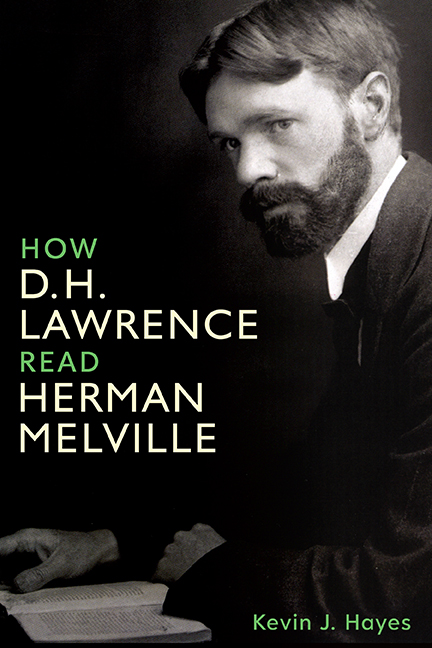Book contents
- Frontmatter
- Dedication
- Contents
- Acknowledgments
- Preface
- List of Abbreviations
- Introduction
- 1 An English Midlands Bookshelf
- 2 An Archway into the Future
- 3 Everyman and the Dead Narrator
- 4 How Moby-Dick Shaped Women in Love
- 5 A Little Hesperides of the Soul and Body
- 6 The Symbolistic All-Knowledge
- 7 The Melville Centenary
- 8 Typee under Etna
- 9 Two Days in Tahiti
- 10 The Voyage Home
- Index
- Frontmatter
- Dedication
- Contents
- Acknowledgments
- Preface
- List of Abbreviations
- Introduction
- 1 An English Midlands Bookshelf
- 2 An Archway into the Future
- 3 Everyman and the Dead Narrator
- 4 How Moby-Dick Shaped Women in Love
- 5 A Little Hesperides of the Soul and Body
- 6 The Symbolistic All-Knowledge
- 7 The Melville Centenary
- 8 Typee under Etna
- 9 Two Days in Tahiti
- 10 The Voyage Home
- Index
Summary
Herman Melville left the consciousness of the reading public long before he left the planet. From a decade before his death in 1891 to the centenary of his birth in 1919, Melville was remembered, when he was remembered at all, for his first two books, Typee and Omoo. Outside a small number of devotees scattered around the globe, Moby-Dick had been forgotten. Happily, those devotees were so passionate about Melville that many of them wrote reminiscences chronicling their personal discovery of Moby-Dick and other works. Some recalled a close friend who introduced them to Moby-Dick; others stumbled across the book accidentally—serendipity in blubber. Archibald MacMechan, for one, discovered a copy in a Canadian village library around 1879. He read it and loved it and decided to become an English professor. MacMechan left Ontario for Baltimore to attend graduate school at Johns Hopkins, where a tiny group of devotees came together.
To repeat: sometimes the best parts of grad school take place outside the classroom. MacMechan befriended Edward Lucas White, a fellow student who would become a popular historical novelist and an author of fantastic tales with a cult following. One day in 1889, MacMechan visited a secondhand bookstore in Baltimore, where he found a copy of Moby-Dick. He shared it with White and made him a convert. White obtained his own copy of Moby-Dick—“a stout, stubby, cloth-bound book”—which he, in turn, shared with another Baltimore friend, Frank Jewett Mather Jr., who also caught the Melville bug. As a Melville enthusiast, Mather felt like he belonged to an intimate little clique: “Gradually I learned that to love Melville was to join a very small circle. It was like eating hasheesh.”
Mather assembled a personal collection of Melville first editions and also began researching his life. He pitched a Melville biography to Houghton Mifflin. Ferris Greenslet, the publisher's literary advisor, liked the idea of a Melville biography. Greenslet had excellent taste: he would be one of D. H. Lawrence's earliest American admirers. His bosses at Houghton Mifflin were less enthused about a Melville biography. They turned Mather down, arguing that there would be insufficient public interest in a life of the forgotten author.
- Type
- Chapter
- Information
- How D. H. Lawrence Read Herman Melville , pp. 1 - 6Publisher: Boydell & BrewerPrint publication year: 2021

